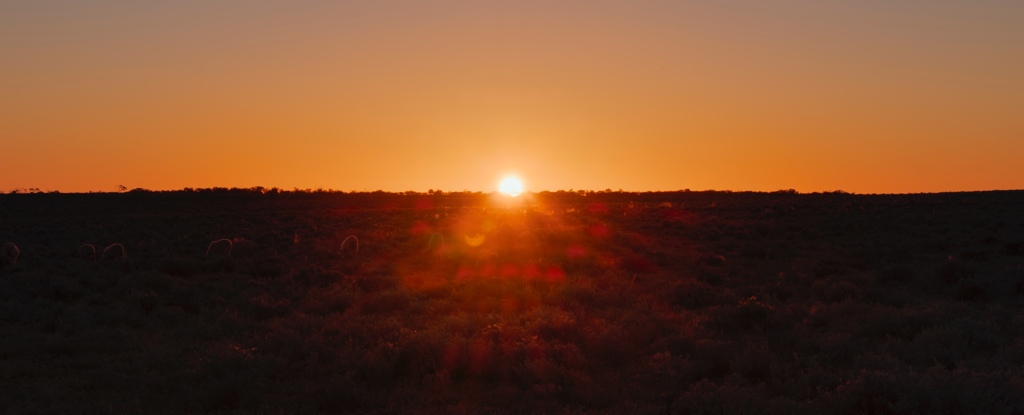Products You May Like
Australia’s carbon credit scheme was undermined by damning new research Wednesday, which found a world-leading reforestation project had been an underperforming “catastrophe”.
Vast swathes of land across Australia’s desert Outback have been earmarked for native forest regeneration, which is meant to offset emissions as new trees suck up carbon.
But researchers have found that across almost 80 percent of these plantations forest growth was either stagnant – or that woodlands were shrinking.
Despite this, Australia had used these projects to bank millions of tonnes in questionable carbon credits, scientists said, which are used to supposedly offset polluting industries.
“I think it can only be described, and I’m using generous words here, as a gross failure,” lead author Andrew Macintosh told AFP.
“It’s a catastrophe,” he said, adding that it would “stain” Australia’s reputation.
Australia has set aside almost 42 million hectares (104 million acres) under the scheme, an area larger than the landmass of Japan.
Researchers said it was “one of the world’s largest” natural carbon offset projects.
Officials claim that since 2013, the native forest spreading across this land has sucked up more than 27 million tonnes of carbon.
But the peer-reviewed research, which used satellite imagery to chart forest growth, has cast serious doubt on this figure.
“They should be showing really strong increases in tree cover,” said Macintosh, a former chair of the government body responsible for tracking Australia’s carbon offsets.
“And it’s not there, we’re not seeing it.”
Each ton of carbon sequestered by these forests is chalked up as a single carbon credit.
These carbon credits are then bought by mining companies, airlines, and other heavily polluting industries to offset their emissions.
Macintosh said Australia was, in essence, selling carbon credits that did not exist.
Lack of faith
“There are meant to be checks along the way. But they’re not applying them,” said Macintosh, now a professor of environmental law at Australian National University.
“What sort of faith do I have in the carbon credits scheme? It’s very, very low. Our scheme is without a doubt amongst the least transparent in the world.”
Australia’s Clean Energy Regulator said “a number of reviews have confirmed the integrity” of these carbon offsets.
The regulator said it “only issues carbon credits where a project can demonstrate regenerating native forest”.
Australian Climate Change and Energy Minister Chris Bowen said the assumptions underpinning the scheme remained “basically sound”.
Climate policy has long been a fraught affair in Australia, set back by a decade of political brawling dubbed the “climate wars”.
Despite its growing vulnerability to climate-linked natural disasters, Australia remains one of the world’s biggest exports of gas and thermal coal.
The peer-reviewed research was published in the Nature Communications journal, Earth & Environment.
Australia has committed to cutting carbon emissions by 43 percent by 2030 from 2005 levels, on a path to reaching net-zero emissions by 2050.
Australia’s carbon dioxide emissions per person are among the highest in the world at 15.3 tonnes, surpassing US levels, World Bank figures show.
